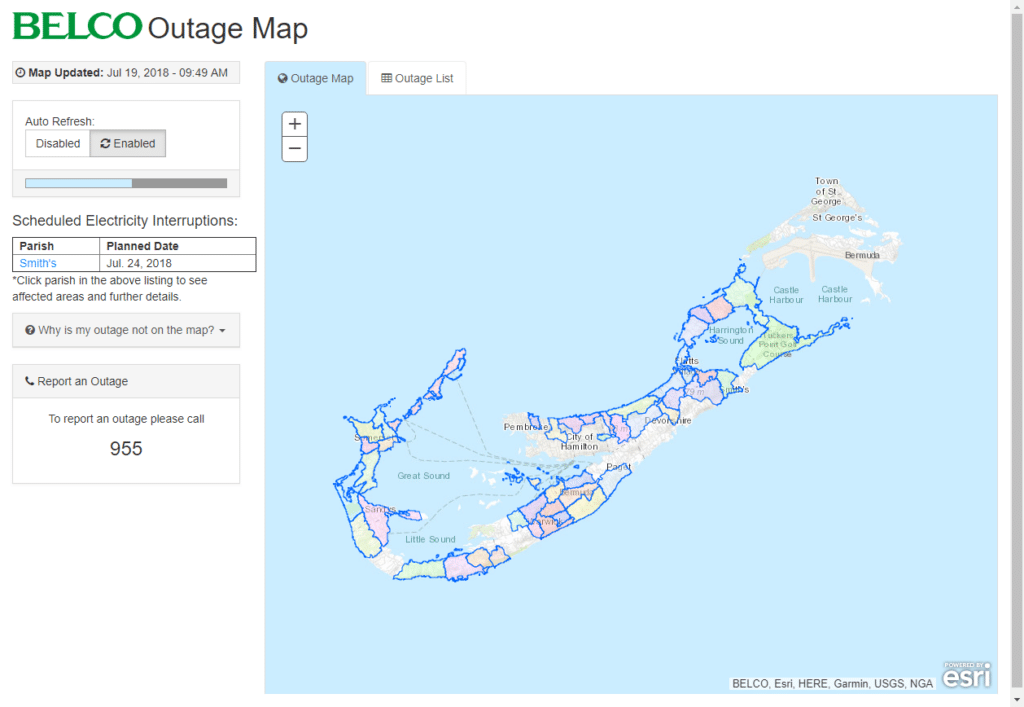Following on from an extremely active 2017 hurricane season, which saw major Hurricanes such as Harvey, Irma and Maria crippling the power grids of Texas, Puerto Rico and Florida, it’s more important than ever before that utility providers create a robust plan for the preparation and response-management of storms – no matter how severe they are.
The public nature of these storms, along with the resulting media attention, has brought with it increased scrutiny on utility providers and regulators, with the general public now more aware of the difference between a good response and a bad response.
Not only that, but, according to an article from BBC News, it’s likely that the number of storms and their severity will continue to increase, meaning utility providers will need to focus on their storm management and response if they want to provide the best possible experience for their customers.
Weather-related power outages are unavoidable, and utility providers can either make the most of new technologies to provide a world-class customer experience, or fall behind.
That’s exactly what Belco did after thousands of people across Bermuda lost power on July 19. The outage, which affected 16,000 customers, happened at about 8.30am and caused 24 circuits to go down. Belco kept customers happy with an outage map, and the power was back up by 9:30am.
Communication is key
When a storm results in a power outage for your customers, communication is key. Your utility should already have a management and response strategy prepared ahead of these inevitable situations and it should include a frequent dialogue through outage notifications.
Outage notifications are a proactive way to communicate with your customers, keeping them informed of the current status of their power. Customers want to know that the problem is being solved, an estimated time of when it could be fixed and how it happened.
A survey from UtilityDive and Southwire, titled Storm Response and Management Survey 2018, found that communication is an essential part of a utility providers power outage management. The study reads: “Without proper communication between utilities, customers, regulators, and suppliers, storm response can be unnecessarily delayed.”
Not only is communication key for a utility provider’s customer experience, but a two-way dialogue with customers can also help resolve any issues.
Here are three important things to remember when implementing your outage notification strategy:
1 – Accurate and consistent communication
Simple real-time messages sent straight to your customers will show that your organization is proactive and working in their best interest. Proactive communication should include push alerts via text, email, or automated calls that provide updated information about a customer’s power outage.
Customers want to know when their power will be restored, why the outage occurred and the area it is affecting. This means outage notifications should include detailed and accurate information, along with estimates of when a customers power is likely to be restored.
2 – Give customers control
Utility providers often question what channels to offer alerts on, how many alerts to send out and when to provide them. This can be easily resolved by putting control into your customer’s hands.
Establishing outage notifications on multiple channels and then providing customers with the option to decide how and when they receive alerts, will not only empower utility customers but also take the weight of expectation off of the provider’s shoulders.
Customers will be able to decide the preferred channel that they want to receive alerts on, as well as select any time of the day that they don’t want to be notified. Make sure to occasionally remind your customers of their preferences, they may forget what they set and then become annoyed if they don’t receive an alert.
3 – Open a two-way dialogue
Utility providers should give their customers the opportunity to report power outages to their operations team. This can speed up the process of resolving power outages, allowing utility providers to see who exactly is experiencing issues and the nature of their problems.
An increased dialogue will not only help providers offer the best possible service to their customers, but it will also allow customers to feel more connected with their utilities.
Silverblaze offers its very own Utility Outage Management System (OMS) module as an extension of the popular Silverblaze Customer Portal. Want to find out more? Contact us today.
{{cta(‘f7ed78dc-067c-4ac5-aa87-edc5c7d5cdc6’)}}



